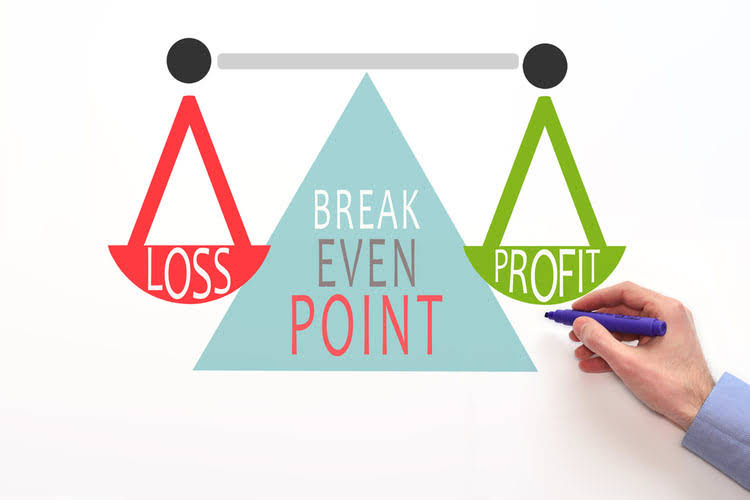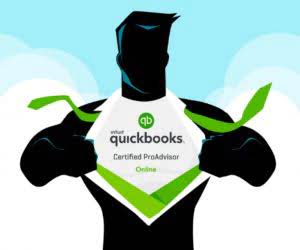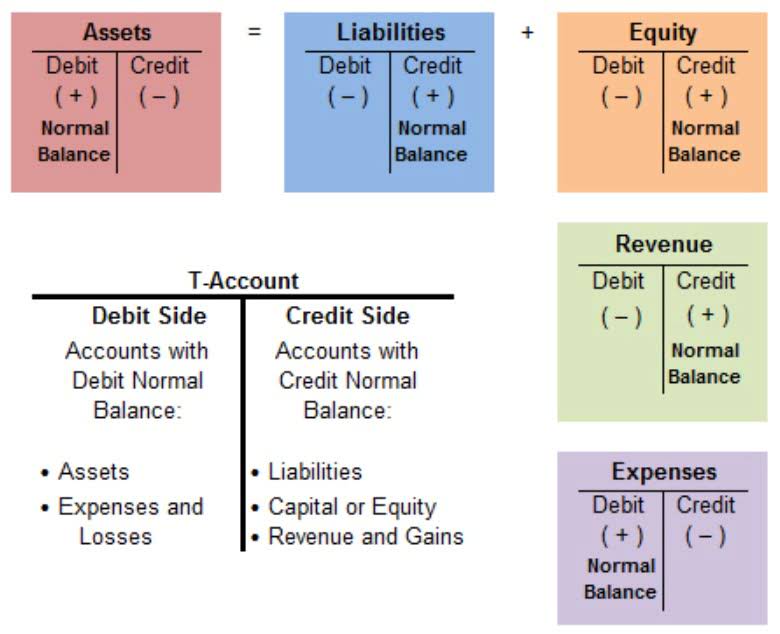How is capital expenditure recorded on a balance sheet?
The expenditure is for the long term (more than one year) and tends to be non-recurring, and is included in the balance sheet of the business. For example a business might incur wage costs, pay rent on its premises, or carry out repairs on its plant and machinery. All of these expenditures are incurred for the purposes of the trade and are expected to be consumed within one year. Revenue expenditure is included in the income statement as an expense of the business for the accounting period.
The amount of capital expenditures a company is likely to have depends on its industry. Some of the most capital-intensive industries have the highest levels of capital expenditures. They include oil exploration and production, telecommunications, manufacturing, and utility industries. Major capital projects involving huge amounts of capital expenditures can get out of control quite easily if mishandled and end up costing an organization a lot of money. However, with effective planning, the right tools, and good project management, that doesn’t have to be the case. Here how should you record a capital expenditure are some of the secrets that will ensure the budgeting of capital expenditures is efficient.
On the other hand, a capital expenditure is a sizable investment made by a business to buy, upgrade, or expand a long-term asset like property, plant, and equipment. A building, equipment, or car acquisition are a few examples of capital expenditures. As they are depreciated over their useful lives, these assets are listed on the balance sheet. A capital expenditure is a purchase that a company records as an asset, such as property, plant or equipment. Instead of recognizing the expense for an asset all at once, companies can spread the expense recognition over the life of the asset.
High Initial Costs
- OpEx is recorded on the income statement and expensed immediately, reducing the company’s net income for the period in which the expense occurs.
- The capex formula subtracts the ending PP&E by the beginning PP&E balance, and then adds depreciation.
- During financial planning, organizations need to account for risks to mitigate potential losses, even though it is not possible to eliminate them.
- You can confidently record capital expenditure in Quickbooks by according to the instructions provided in this article.
- Capital expenditures are assets that a company must depreciate over the economic life of the asset.
- Under capital expenditure accounting, the company records expense for capital expenditures by identifying the life of the asset and the asset salvage value, and assigning depreciation expense each year.
Assets meanwhile add value to the business and have an economic life of at least a year. Capital expenditures are assets that a company must depreciate over the economic life of the asset. Depending on their nature, fixtures and fittings might be classified as capital or operating expenses. The fixtures and fittings are regarded as capital expenditures if they are seen as being a structural component of the building, such as built-in furniture or lighting fixtures.
Example of How to Use CapEx
According to generally accepted accounting principles (GAAP), a fixed asset is a physical asset the company expects to hold for more than a year. Such capital expenditure examples include buildings, equipment, software or machinery. A purchase represents a capital expenditure whether the company purchases the item from someone else or constructs the asset itself.
In this blog post, we’ll discuss what capital expenditure is, why it matters, and how to record it on a balance sheet. We’ll also provide some tips for accurately tracking such expenses so that your financial statements are always up-to-date and accurate. Materiality refers to the significance of the expenditure in the context of the company’s overall financial situation. Smaller expenditures that do not substantially impact the company’s financial statements are typically expensed immediately.
Transportation expenditures, installation fees, and professional and legal fees are a few examples of these costs. In this capital and revenue expenditure example, the addition of the new motor improves the machine and the expenditure of 4,000 can also be treated as capital expenditure. Common real property in condominiums is owned by unit owners/members as tenants in common.
- This distinction ensures that the financial statements accurately reflect the company’s long-term investments and short-term operational costs.
- Hence, the depreciation expense is treated as an add-back in the cash from operations (CFO) section of the cash flow statement (CFS) to reflect that no real cash outlay occurred.
- Additionally, the asset should be depreciated during its useful life, which is the anticipated time frame during which the asset will produce income.
- Assets generally look better on a financial statement compared to expenses, so many companies try to capitalize as many related expenses as they can.
- The reason that depreciation is added back is attributable to the fact that depreciation is a non-cash item.
- For example, adding solar panels to the building is a capital expenditure; replacing broken windows with windows of the same quality is not.
During financial planning, organizations need to account for risks to mitigate potential losses, even though it is not possible to eliminate them. Under capital expenditure accounting, the company records expense for capital expenditures by identifying the life of the asset and the asset salvage value, and assigning depreciation expense each year. One of the most common depreciation methods used in GAAP is the straight line method. With this method, the company books an equal amount of depreciation expense each year.
For example, a company can capitalize the cost of a new transmission that will add five years to a company delivery truck, but it can’t capitalize the cost of a routine oil change. Rules for land are similar; a company can capitalize the initial cost of sidewalks, signs and parking lots, but it can’t capitalize the costs of mainlining these items. This type of financial outlay is made by companies in an effort to increase the scope of their operations or to add some future economic benefit to the operation. At the start of your capital expenditure project, you need to decide whether you will purchase the capital asset with debt or set aside existing funds for the purchase. Saving money for the purchase usually implies that you will have to wait for a while before getting the asset you need.
Capital investments in physical assets like buildings, equipment, or property offer the potential to provide benefits in the long run but will need a large monetary outlay initially. It is important to note that funds spent on repair or in conducting normal maintenance on assets are not considered capital expenditures and should be expensed on the income statement. The decision of whether to expense or capitalize an expenditure is based on how long the benefit of that spending is expected to last. If the benefit is less than 1 year, it must be expensed directly on the income statement. If the benefit is greater than 1 year, it must be capitalized as an asset on the balance sheet.
In the final two steps, we’ll project PP&E and then back out the implied capital expenditure amount using the formula mentioned earlier. The total capex decreases as a percentage of revenue from 5.0% to 2.0% by the final year. In contrast, growth capex as a percentage of revenue is assumed to have fallen by 0.5% each year. Since the growth rate was 3.0% in Year 0, the percent assumption in Year 5 will have dropped to 0.5%. The trend in the growth of capex must match revenue growth for projections to be reasonable.
Capital Expenditure (CapEx) Definition, Formula, and Examples
The cash-flow-to-capital-expenditures (CF-to-CapEx) ratio relates to a company’s ability to acquire long-term assets using free cash flow. The CF-to-CapEx ratio will often fluctuate as businesses go through cycles of large and small capital expenditures. Organizations making large investments in capital assets hope to generate predictable outcomes. The costs and benefits of capital expenditure decisions are usually characterized by a lot of uncertainty.
Understanding Capital Expenditures (CapEx)
When a company records capital expenditure as an asset, it is important to note that this does not immediately impact the company’s cash flow. The cash flow impact will come when the asset is actually put into use and begins to generate revenue for the company. Capital expenditures are characteristically very expensive, especially for companies in industries such as manufacturing, telecom, utilities, and oil exploration.
Hence, it is more logical to record the expenditure as an asset initially and then charge it as an expense in income statement over the relevant periods using the mechanism of depreciation/amortization. Expensing out expenditure eligible for capitalization in the period in which it is incurred will result in mismatch between revenues and expenses. It will understate current period net income and overstate future period net income. In conclusion, recording capital expenditures on a balance sheet is an important part of financial accounting. By recording them as assets, businesses can track and monitor the life cycles of major investments over time.
Capex vs. Opex: What is the Difference?
The Financial Accounting Standards Board believes that associations should recognize assets in their financial statements the way other reporting entities present assets. Thus, capitalize common real property not directly related to owned units regardless of whether the asset can be sold, proceeds retained, or significant cash flows earned. If an asset does not provide economic value in terms of a sellable value or positive cash flow, it is potentially considered to be an impaired asset. We believe there is an argument that common real property not meeting the sell and retain proceeds, or the significant cash flows criteria should be written down to fair value. Capital expenditures (CapEx) are funds used by a company to acquire, upgrade, and maintain physical assets such as property, plants, buildings, technology, or equipment.
Understanding how to properly account for these expenditures ensures compliance with accounting standards and provides stakeholders with a clear picture of the company’s financial status. Moving onto the assumptions, maintenance capex as a percentage of revenue was 2.0% in Year 0 – and this % of revenue assumption is going to be straight-lined across the projection period. Because of the guidelines set by accrual accounting reporting standards, depreciation expense must be recognized on the income statement (and usually embedded within COGS and Opex). For example, the act of repairing a roof, building a new factory, or purchasing a piece of equipment would each be categorized as a capital expenditure. It should be noted that expenditure which extends the life of the asset or improves the asset beyond its earlier condition, is also treated as capital expenditure.
Assets generally look better on a financial statement compared to expenses, so many companies try to capitalize as many related expenses as they can. Generally Accepted Accounting Principles, or GAAP, provide companies guidance on how to record the initial purchase and subsequent asset expenses. CapEx is the investments that a company makes to grow or maintain its business operations. Capital expenditures are less predictable than operating expenses that recur consistently from year to year.






